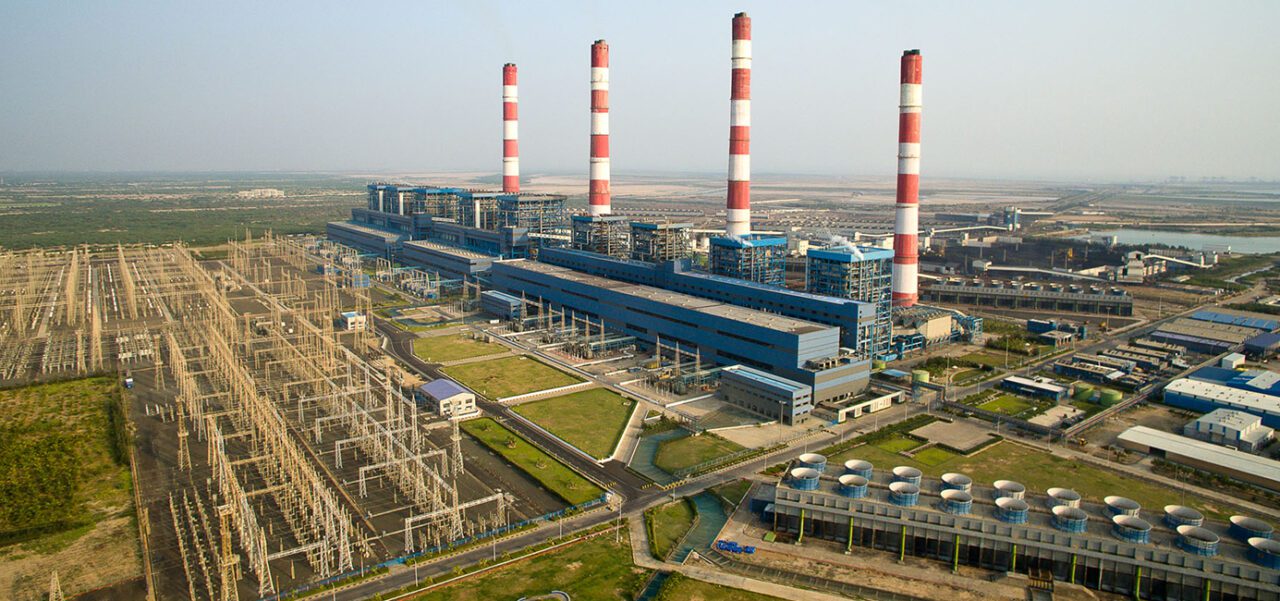
Have you heard about the cobra effect? During the colonial era, Delhi had a major cobra issue. The then-British government announced a bounty for dead cobras to reduce the number…
Legal and technical aspects of power plant environmental monitoring and control; regulatory issues

Have you heard about the cobra effect? During the colonial era, Delhi had a major cobra issue. The then-British government announced a bounty for dead cobras to reduce the number…
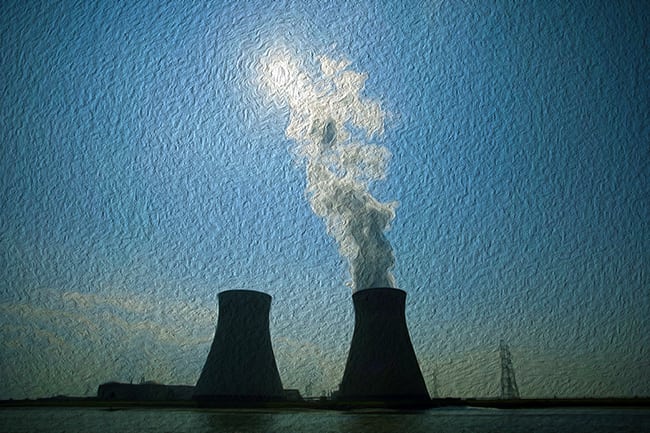
The Nuclear Regulatory Commission (NRC) has voted to codify proposed changes to streamline a key environmental review process for advanced nuclear reactors. Nuclear advocates lauded the measure as one of…
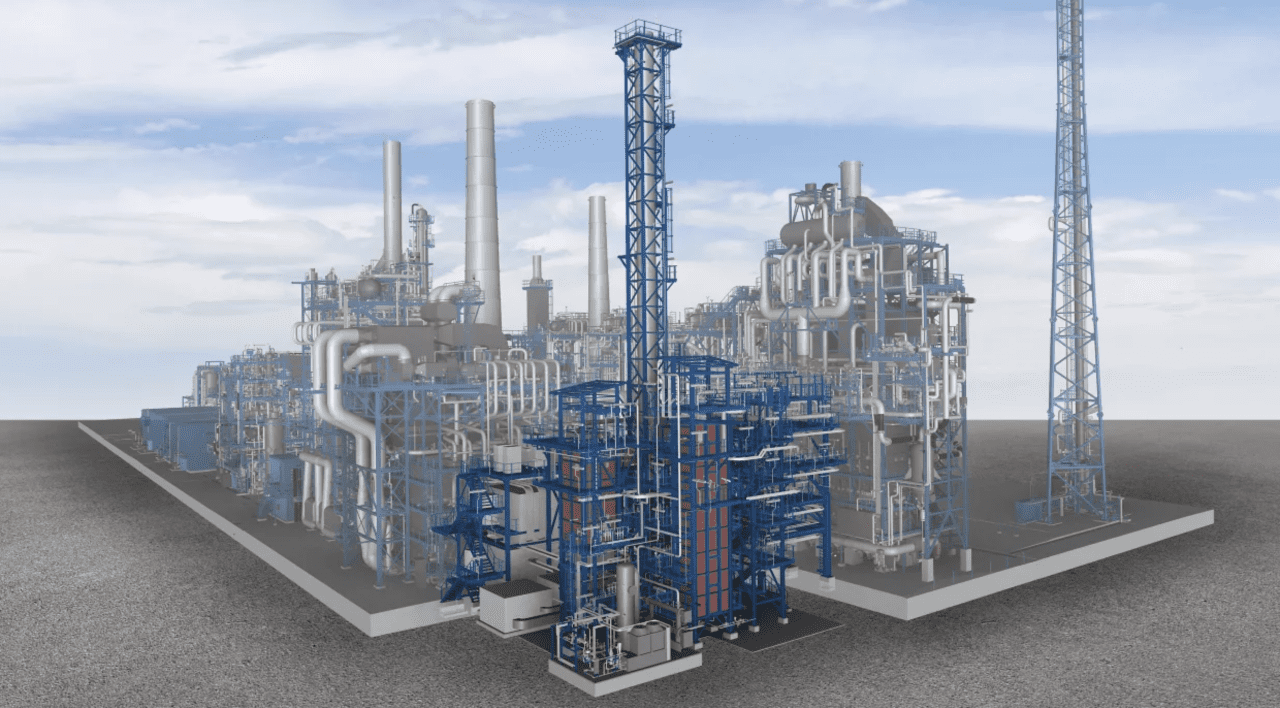
Three major chemical processing companies announced the startup of a demonstration plant to show the viability of large-scale electrically heated steam cracking furnaces. BASF, SABIC, and Linde on April 17…
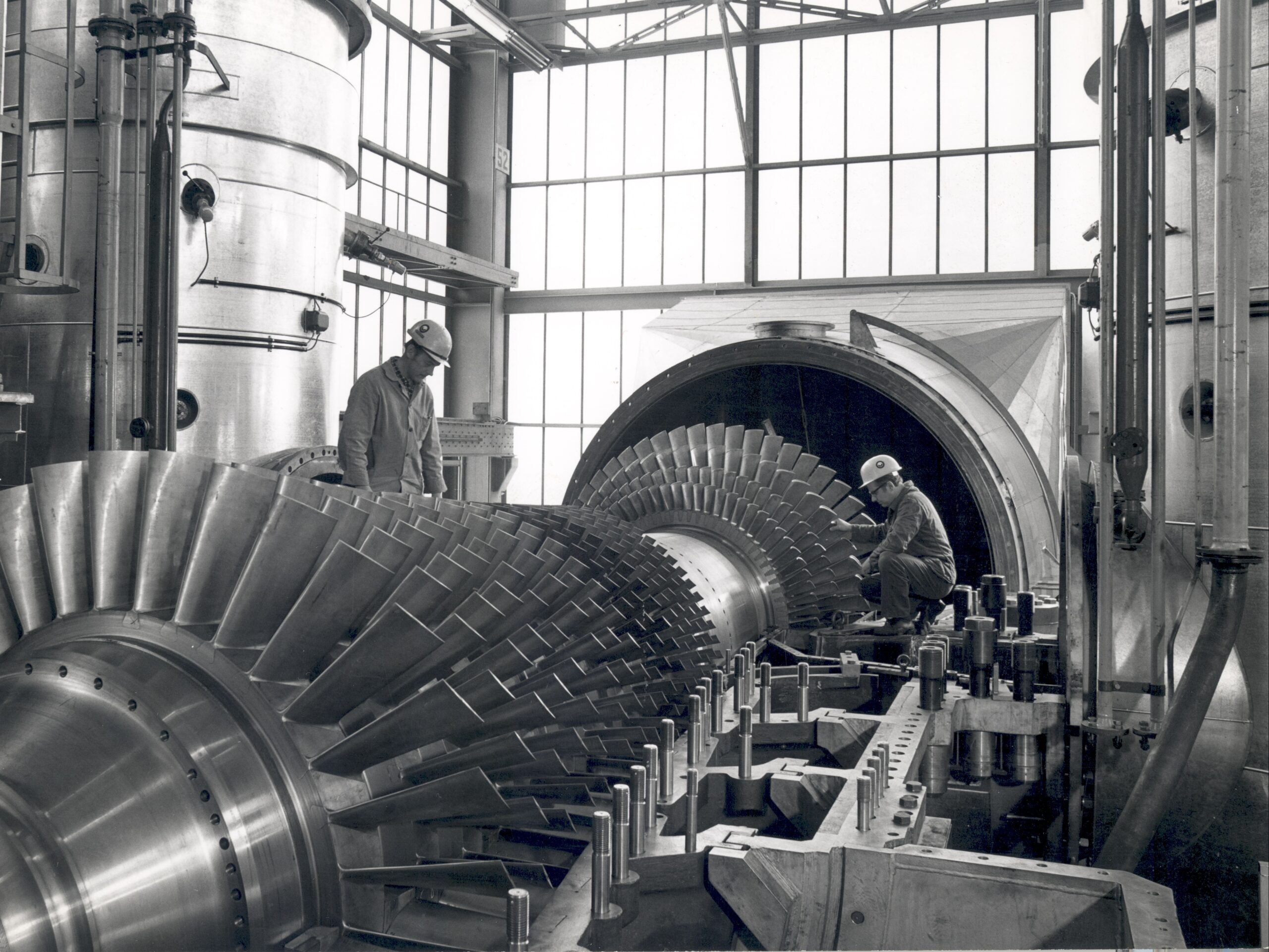
The U.S. Environmental Protection Agency (EPA) has denied an industry petition seeking to delist stationary combustion turbines from the agency’s list of hazardous air pollutants (HAP) major source categories regulated…

The California Advanced Clean Fleets (ACF) regulation, which began being implemented on Jan. 1, 2024, is designed to complement the Advanced Clean Trucks (ACT) rule, which mandates a significant increase…
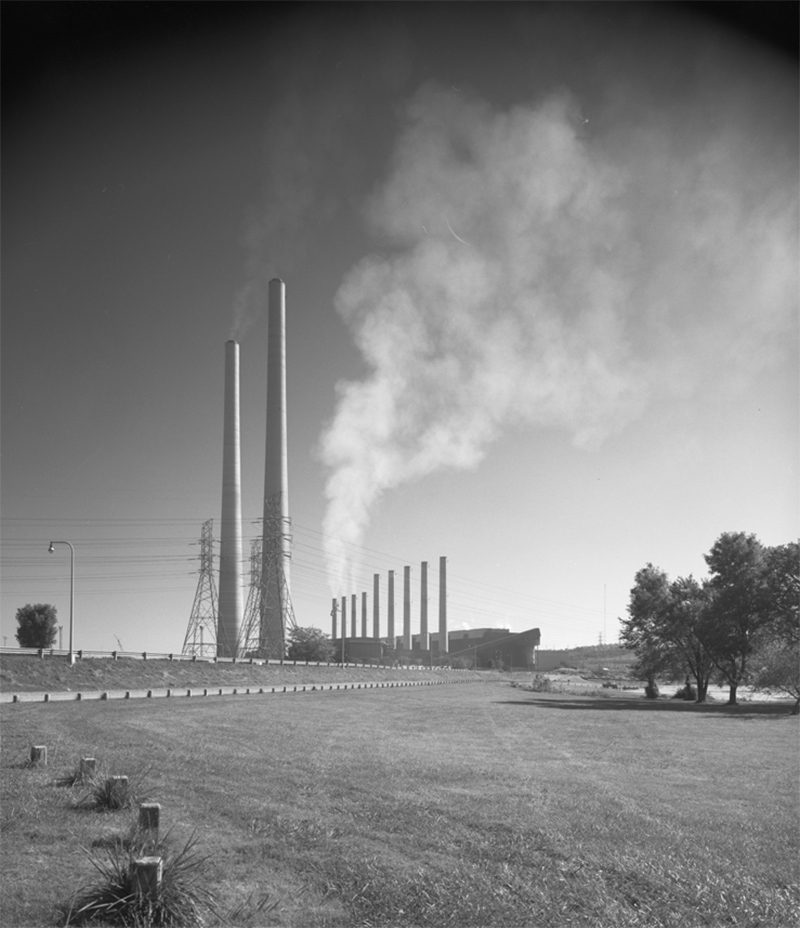
The Tennessee Valley Authority (TVA) has moved to retire its iconic 1.3-GW Kingston Fossil Plant in Tennessee in 2027 and replace it—with notable urgency—with a 1.5-GW modern complex featuring a…
![The Big Picture: Coal Controls [Infographic]](https://www.powermag.com/wp-content/uploads/2024/04/bp-coalcontrols-april2024-finalweb-scaled.jpg)
U.S. coal power plant emissions in 2023 showed dramatic reductions in air pollutants, owing mainly to coal plant closures. According to the U.S. Environmental Protection Agency (EPA), compared to 2022,…
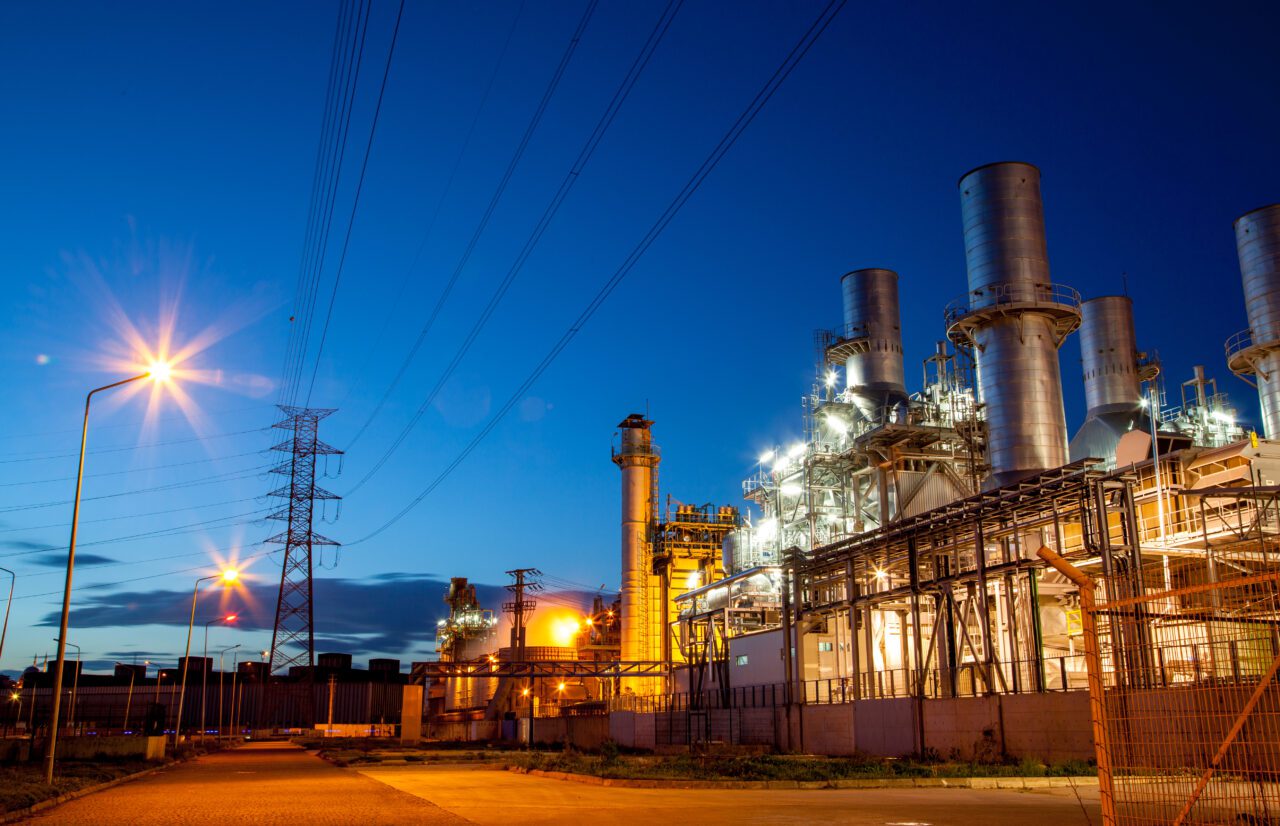
Officials in the UK said the country will need to build new natural gas-fired power plants beyond 2030 in order to ensure a reliable supply of energy and avoid blackouts.…
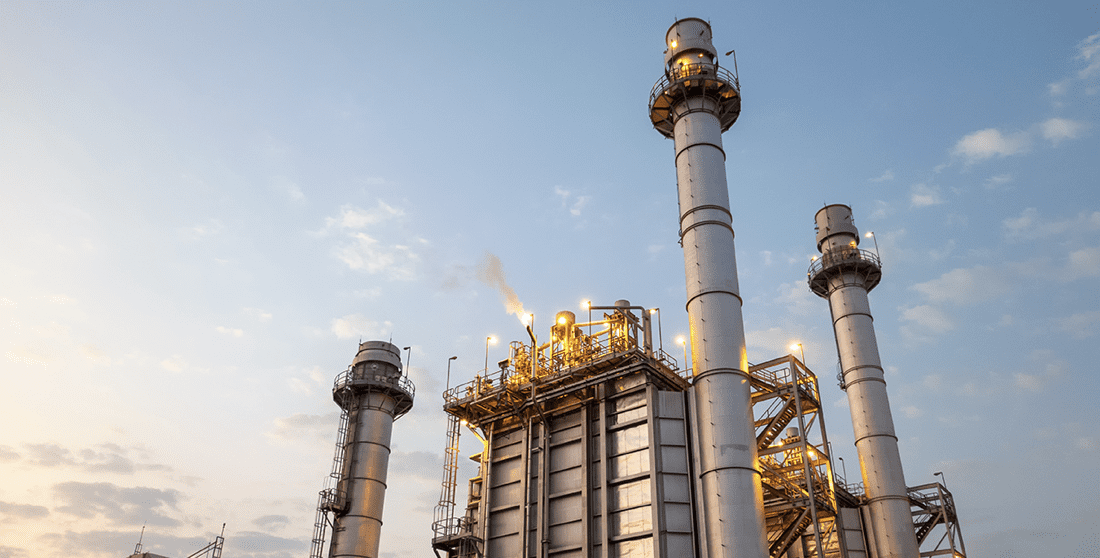
(Updated March 7 with responses from EPA): The U.S. Environmental Protection Agency (EPA) will drop requirements covering existing natural gas-fired power plants in its final Section 111 rule regulating power…
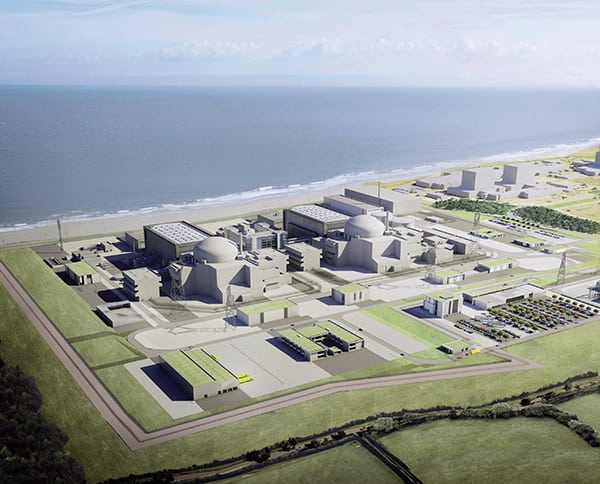
The United Nations Climate Change Conference (COP28) proved to be a historic moment for nuclear energy, with more than 20 countries including the U.S., France, Japan, and the UK pledging…